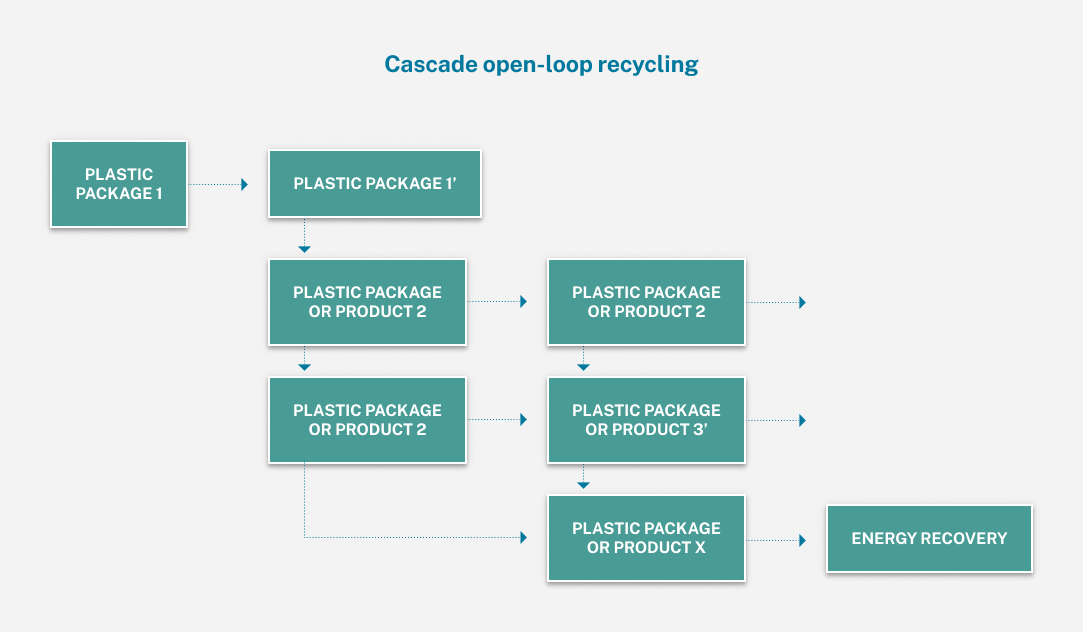Definition
A global definition of “recyclability” for plastic packaging and products is an integral step to harmonize the worldwide plastics industry. This definition was developed by The Association of Plastics Recyclers (APR) and Plastics Recyclers Europe (PRE) in 2018.
Plastics must meet four conditions for a product to be considered recyclable:

The product must be made of plastic that is collected for recycling, has market value, and/or is supported by a legislatively mandated program.

The product can be processed and reclaimed/recycled with commercial recycling processes.

The product must be sorted and aggregated into defined streams for recycling processes.

The recycled plastic becomes a raw material that is used in the production of new products.
This definition does not intend to restrict innovation. For innovative materials to be recyclable, it shall be demonstrated that they can be collected and sorted in sufficient quantities and are compatible with existing industrial recycling processes or have sufficient material quantities to justify establishing new recycling processes.
Fulfilling these four categories does not automatically designate a product recyclable. Recyclability will depend on the specific design of each packaging, as it can impact the quality of the recycling input material. The recyclability of plastic packaging can be self-assessed via the RecyClass Online Tool.
Additionally, and in line with the fourth requirement of the recyclability definition, RecyClass endorsed the concept of “circularity” as defined by Ellen MacArthur Foundation:
‘A circular economy is one that is restorative and regenerative by design and aims to keep products, components and materials at their highest utility and value at all times.’
(Ellen Mac Arthur Foundation, 2015).
Closed-loop applications are used as a benchmark for Testing Protocols and Design for Recycling Guidelines. However, there are cases where functionality requirements make certain packaging hard to be designed for closed-loop recycling systems. In those cases, design choices leading to the longer multiple-step cascaded recycling must be favoured.

Visit our Methodology page to learn how RecyClass implemented these concepts.